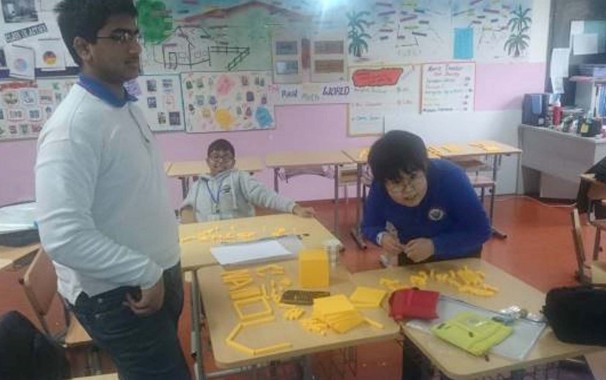
This week we will cover
Goals:
Algebra 1
Goals:
Pre- Algebra SWBAT
Goals
Math 6 SWBAT
Goals
|
Recent News
 21 May 2025SLAS: A Visit to the Shanghai Chocolate Factory!
21 May 2025SLAS: A Visit to the Shanghai Chocolate Factory! 23 Apr 2025SLAS: G4 Wildcat Art
23 Apr 2025SLAS: G4 Wildcat Art 20 Mar 2025SLAS: Science & Engineering Fair
20 Mar 2025SLAS: Science & Engineering Fair 08 Feb 2025100 Days of School
08 Feb 2025100 Days of School
Shanghai Livingston American School
- 580 Ganxi Road, Changning District, Shanghai, China 200335
- +86 (21) 5218-8575
- +86 (21) 5218-0390
- Find us on the map

